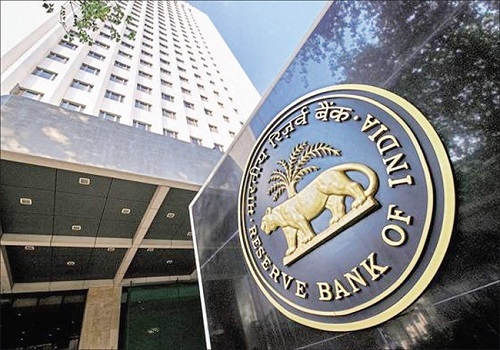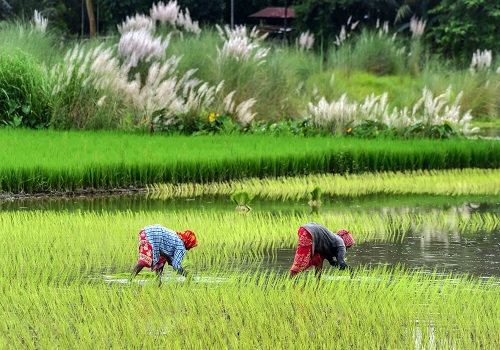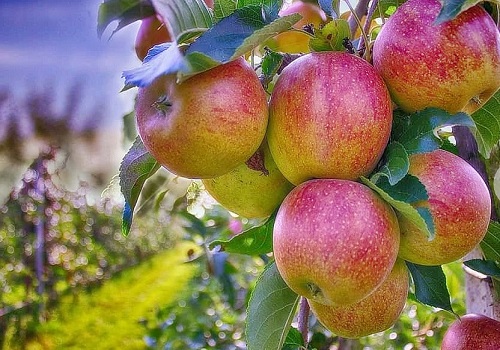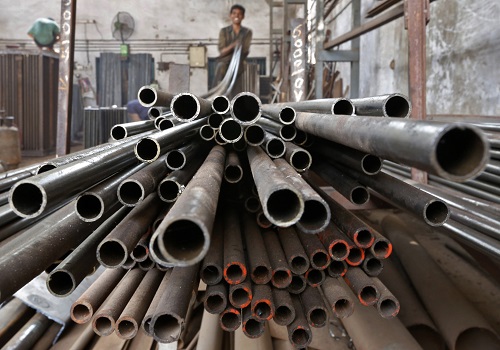Indian farmers rush to plant summer crops as monsoon revives

Indian farmers have accelerated the planting of summer-sown crops, such as paddy, soybean, cotton, and corn, following above-average monsoon rainfall in July that came after a deficit in June, according to government data.
Summer rains, critical for economic growth in Asia's third-largest economy, usually begin in the south around June 1 before spreading nationwide by July 8, allowing farmers to plant summer crops.
But in June India received 11% less rain than average, after the monsoon lost momentum in mid-June and delayed sowing.
In the first half of July there was 9% more rainfall than normal which helped farmers to plant summer crops on 57.5 million hectares (142 million acres) by July 12, a tenth higher than last year, according to Ministry of Agriculture & Farmers' Welfare.
The lifeblood of the nearly $3.5 trillion economy, the monsoon brings nearly 70% of the rain India needs to water farms and refill reservoirs and aquifers.
Without irrigation, nearly half of the farmland in the world's second-biggest producer of rice, wheat and sugar depends on the annual rains.
"Monsoon's revival will benefit summer crop planting and early-sown crops from June. Overall, the monsoon's revival in early July bodes well for crops and yields," said Ashwini Bansod, vice president, commodities research at Phillip Capital India Pvt. Ltd.
Farmers have planted 11.6 million hectares with paddy, up 20.7% on the same period last year, as record high prices prompted farmers to expand the area.
Higher rice planting could alleviate supply concerns in the world's second biggest producer and consumer of the grain.
The world's largest exporter of the grain surprised buyers last year by imposing a ban on the export of widely consumed non-basmati white rice, following a ban on broken rice.
Higher rice procurement by government agencies from last season's crop and expansion in paddy area could allow the government to ease restrictions on rice exports in October, said a New Delhi based dealer with a global trade house.
Farmers had planted 14 million hectares with oilseeds, including soybeans, against 11.5 million hectares a year earlier.
Corn was planted on 5.88 million hectares, up from 4.38 million hectares a year earlier. The cotton area was slightly higher at 9.6 million hectares, while pulses planting jumped by 26% from a year ago to 6.23 million hectares.
The farm ministry keeps updating the provisional sowing figures as it gathers more information from the state governments.
























